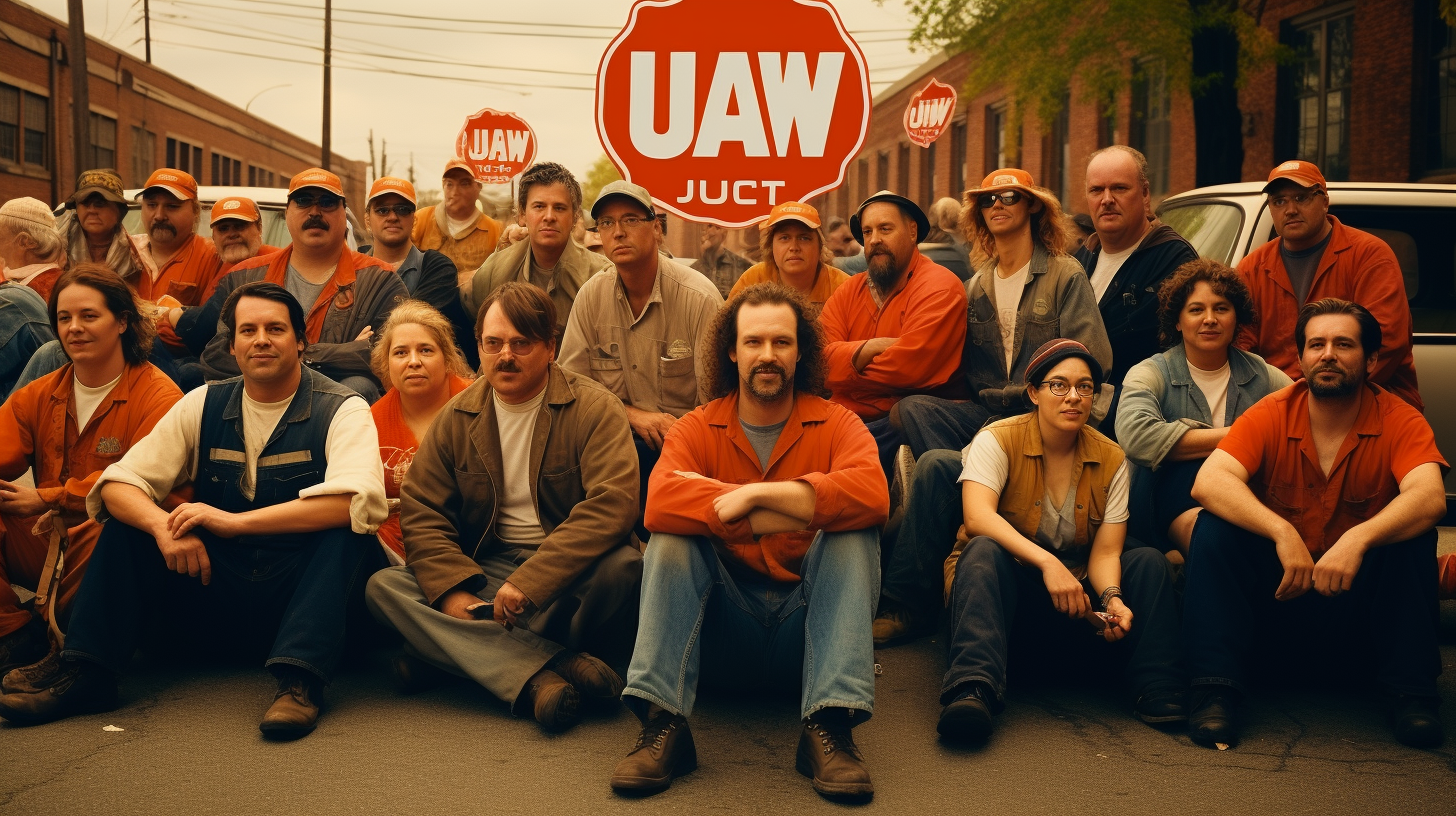The United Auto Workers (UAW) union, a significant force in the American labor movement, has a rich and complex history. Its journey, marked by significant victories and challenging setbacks, has shaped the landscape of labor rights in the United States.
The Birth of the UAW
The UAW was chartered in Detroit in 1935 under the American Federation of Labor (AFL). The union’s roots, however, can be traced back to 1934 when the Cleveland District Auto Council was organized, laying the groundwork for what would become the UAW.
The Flint Sit-Down Strike: A Turning Point
The UAW’s early years were marked by significant labor disputes, the most notable being the Flint Sit-Down Strike in 1936-37. This strike, which resulted in a 44-day occupation of four General Motors (GM) plants, led to the first-ever contract between the UAW and a major automaker, GM, on February 11, 1937. This victory was a significant milestone in the UAW’s history, establishing the union’s legitimacy and paving the way for further labor rights advancements.
Expanding Influence and Membership
Following the Flint Sit-Down Strike, the UAW’s influence grew rapidly. By 1942, the UAW had 40,000 members in Cleveland alone, making it the largest union in the Cleveland Industrial Union Council. The union’s membership continued to grow, peaking at close to 1.5 million in 1979.
Landmark Achievements
Throughout its history, the UAW has negotiated several landmark agreements that have significantly improved the standard of living for auto workers. In 1947, the UAW negotiated the first paid holidays for GM workers. In 1950, a 10-week strike at International Harvester led to a national agreement for 24,000 UAW members. By the mid-1950s, the UAW had successfully fought for a guaranteed annual wage to stabilize hours and wages.
Challenges and Decline
Despite its successes, the UAW has faced significant challenges. Automation and other trends in the auto industry led to a decline in UAW membership. In 2007, the union made landmark givebacks on wages and health benefits in contract talks with Detroit’s Big Three. By 2008, membership had fallen below 500,000 for the first time since 1941.
The UAW Today
Despite these challenges, the UAW remains a significant force in the American labor movement. Its history serves as a testament to the power of collective bargaining and the ongoing struggle for workers’ rights.
FAQ
What is the UAW?
The United Auto Workers (UAW) is a labor union that represents workers in the United States, Canada, and Puerto Rico. It was founded in 1935 and has been instrumental in advocating for workers’ rights in the auto industry.
What was the Flint Sit-Down Strike?
The Flint Sit-Down Strike was a significant labor dispute that took place in 1936-37. Workers occupied four General Motors plants for 44 days, leading to the first-ever contract between the UAW and a major automaker.
What are some of the UAW’s achievements?
The UAW has negotiated several landmark agreements, including the first paid holidays for GM workers in 1947 and a guaranteed annual wage in the mid-1950s. It has also advocated for improved health benefits and pension programs.
Glossary
Collective Bargaining: The process of negotiation between employers and a group of employees aimed at agreements to regulate working conditions.
Sit-Down Strike: A form of civil disobedience in which an organized group of workers, instead of striking, stays in the workplace without producing.
Automation: The use of largely automatic equipment in a system of manufacturing or other production processes.
Givebacks: Concessions made by workers in negotiations with employers, often involving reductions in wages or benefits.
The source of the article is from the blog cheap-sound.com



